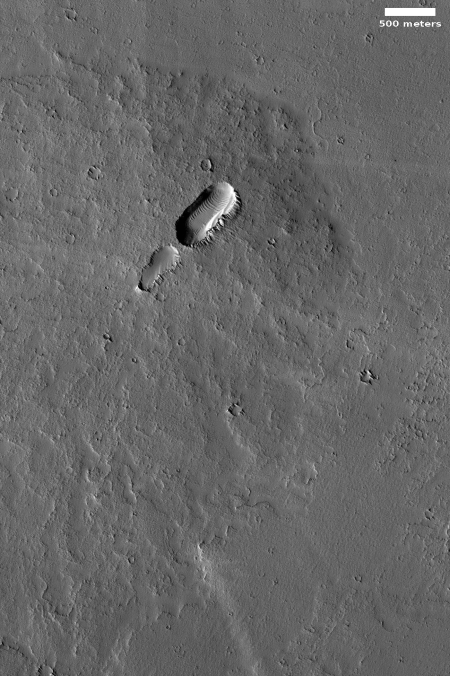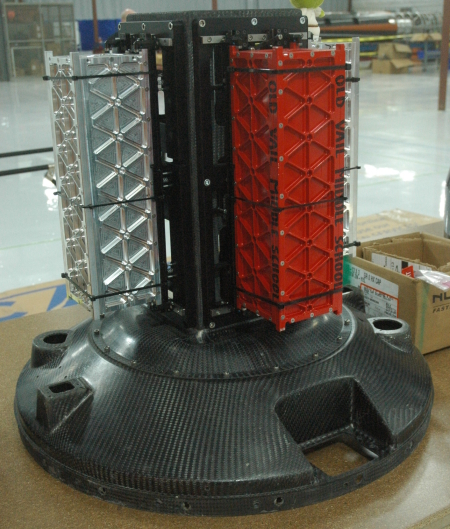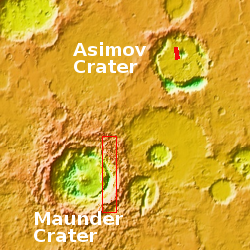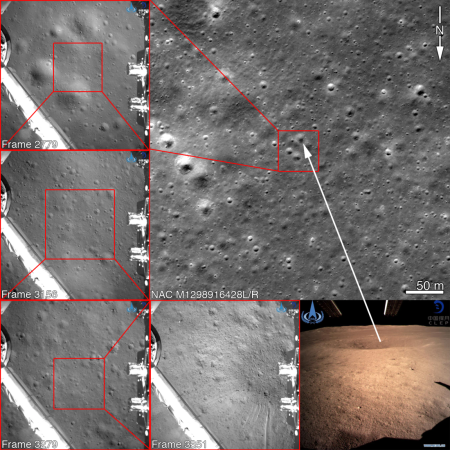Hayabusa-2 names features on Ryugu
The Hayabusa-2 science/engineering teams have now revealed the names they have given to all the significant features on Ryugu that they have photographed.
To name a place on a celestial body in the Solar System, you must first decide on a theme. For example, the theme for places on Venus is the “names of goddesses”. During discussions between the domestic and overseas project members, suggestions such as “names of castles around the world”, “word for ‘dragon’ in different languages” and the “names of deep-sea creatures” were proposed for the place name theme on Ryugu. After an intense debate, the theme was selected to be “names that appear in stories for children” and a theme proposal was put to the IAU WG. The proposal was accepted on September 25, after which the discussion moved to selecting the topographical features to be named and the choice of name.
The link provides a table describing the meaning of many of the names, which is often quite amusing. For example, Kolobok Crater comes from a Russian story about “A small round bread that ran away from home.”
The Hayabusa-2 science/engineering teams have now revealed the names they have given to all the significant features on Ryugu that they have photographed.
To name a place on a celestial body in the Solar System, you must first decide on a theme. For example, the theme for places on Venus is the “names of goddesses”. During discussions between the domestic and overseas project members, suggestions such as “names of castles around the world”, “word for ‘dragon’ in different languages” and the “names of deep-sea creatures” were proposed for the place name theme on Ryugu. After an intense debate, the theme was selected to be “names that appear in stories for children” and a theme proposal was put to the IAU WG. The proposal was accepted on September 25, after which the discussion moved to selecting the topographical features to be named and the choice of name.
The link provides a table describing the meaning of many of the names, which is often quite amusing. For example, Kolobok Crater comes from a Russian story about “A small round bread that ran away from home.”







